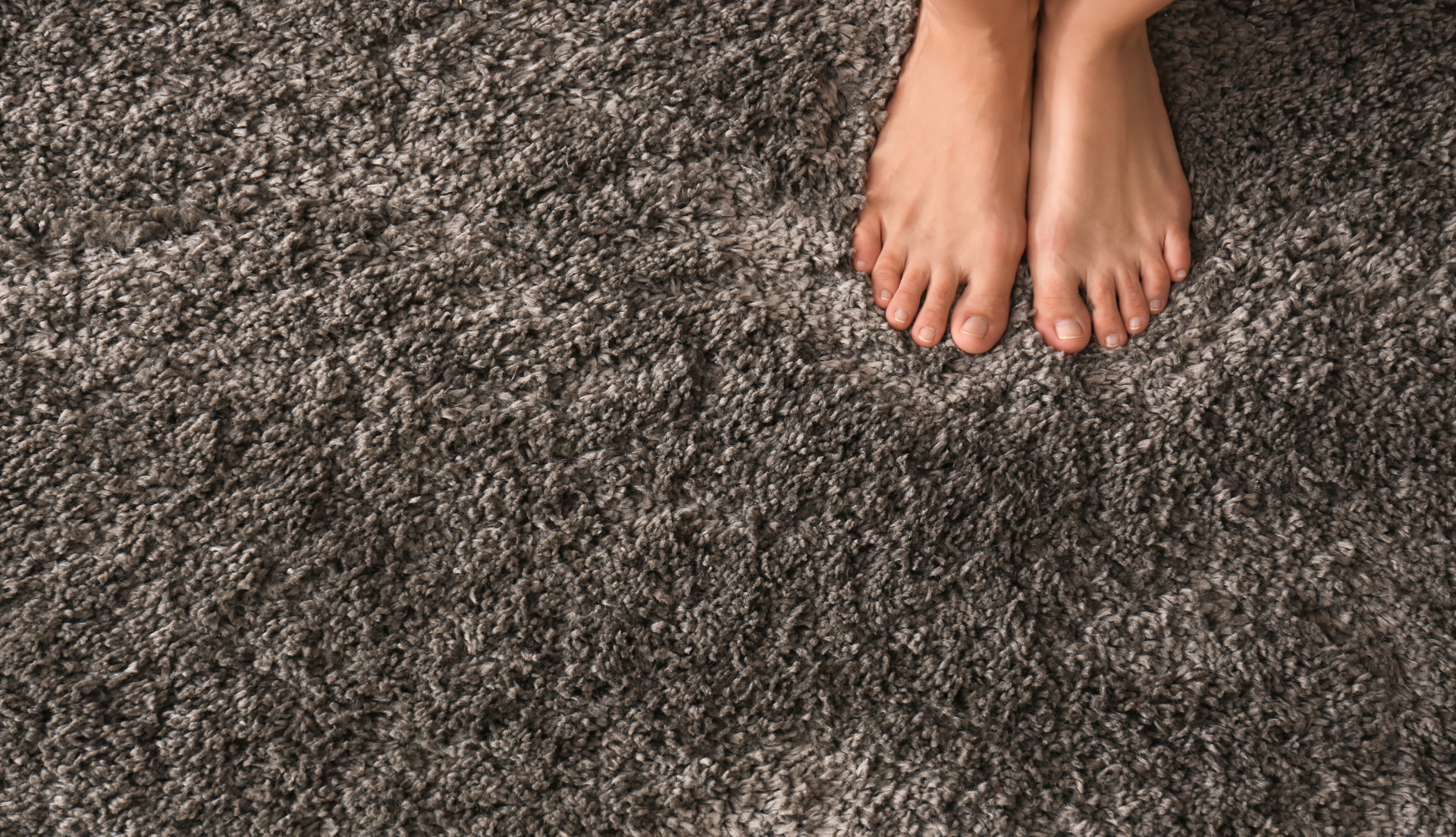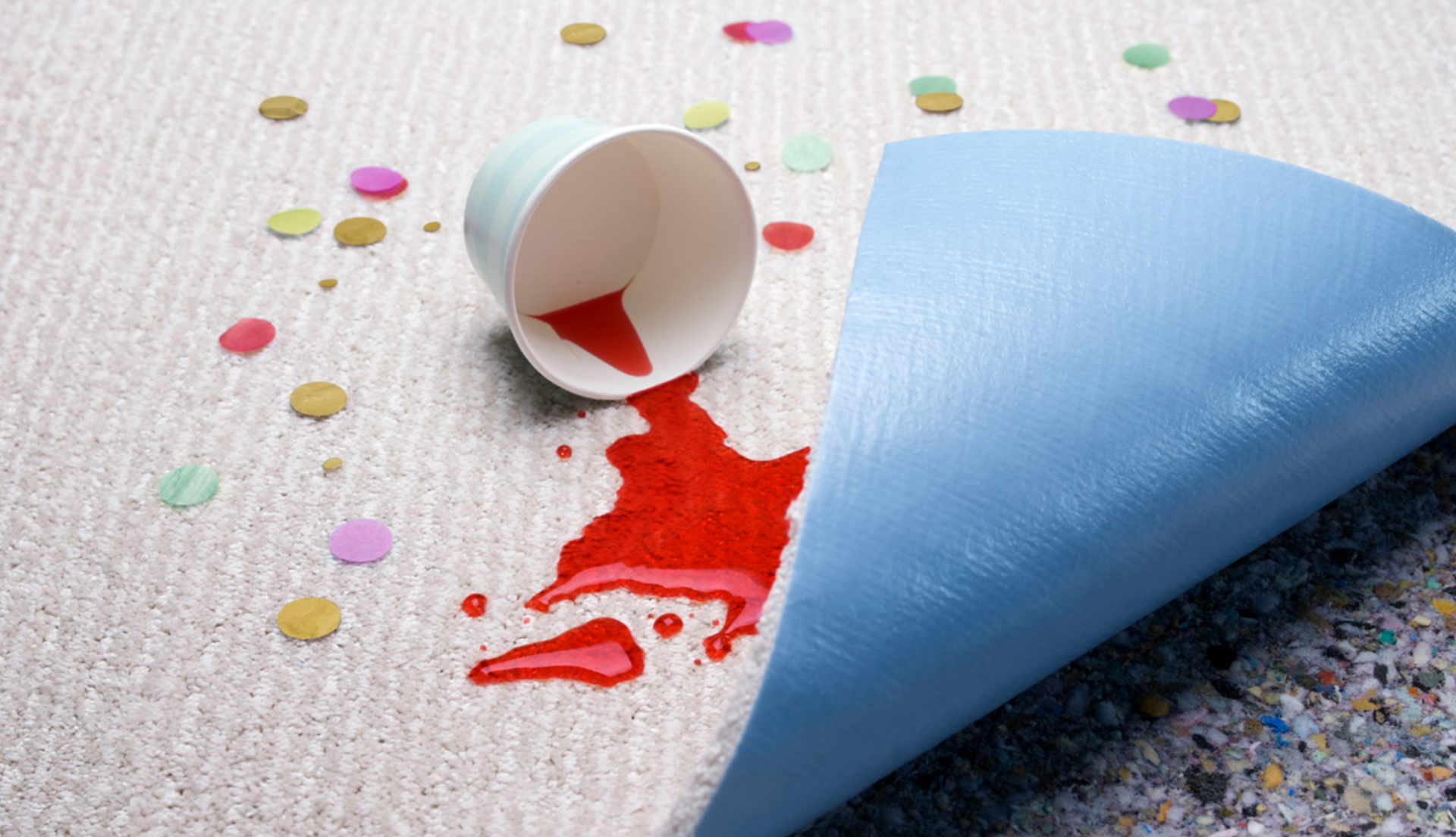Basics to DIY Vinyl Plank Flooring Installation
We've been getting lots of calls from people asking if they can buy and install it themselves, and the answer is yes! We'll even walk you through the DIY process.

Flooring is the unsung hero of any home. It's the stage that sets the scene for your furniture, the backdrop for your memories, and the foundation for comfort and style. If you're a DIY enthusiast or someone who appreciates a good home project, upgrading your floors can be one of the most rewarding tasks around the house. But where to begin, especially when navigating a world full of flooring options?
One material that has surged in popularity, especially in the DIY community, is luxury vinyl plank (LVP) flooring. It's revolutionizing the way homeowners think about their floors, offering the elegance of natural materials with the durability and ease of vinyl. What's more, the installation process is designed with the DIY-er in mind. In this comprehensive guide, we'll walk you through the step-by-step process of installing your own vinyl plank flooring. Ready to transform your space? Let's get started.
Why Choose Vinyl Plank Flooring?
Before we dive into the installation, it's essential to understand why vinyl plank flooring is a fantastic choice for your DIY projects. LVP is a highly versatile material that mimics the look of hardwood with remarkable accuracy, making it a stylish foundation for any room in your home. However, its true appeal lies in its functionality for the DIY crowd. Here's why:
- Waterproof and Stain-Resistant: Vinyl plank flooring is 100% waterproof, which means it can handle spills with ease. Its stain-resistant nature makes maintenance a breeze, perfect for high-traffic areas and homes with pets or children.
- Dimensional Stability: Unlike hardwood, LVP is extremely dimensionally stable, meaning it won't expand or contract in response to temperature changes. This stability ensures a tight, secure fit over time, without the risk of buckling or unsightly gaps.
- Ease of Installation: The installation process for vinyl planks is designed for simplicity. With systems that incorporate a floating floor method and handy interlocking mechanisms, it's easier and quicker than ever to achieve professional-looking results.
With this in mind, it's time to roll up your sleeves and begin the transformation.
Preparing for the Project
Any successful DIY project starts with a well-thought-out plan. Installing vinyl plank flooring is no different. Here are the steps you should take to get ready:
Gather Your Tools and Materials
Before you start the installation, make sure you have all the tools and materials you'll need. A basic list may include:
- Vinyl flooring planks (make sure to buy a bit extra to account for mistakes and post-installation repairs)
- Utility knife
- Tape measure
- Straight edge
- Spacers
- Chalk line
- Level
- Square
- Rubber mallet
- Tapping block
- Adhesive (if using glue-down planks)
- Underlayment (optional, based on the subfloor and the specific brand's recommendations)
- Transition strips
Pro Tip: Always consult the manufacturer's guidelines for the specific tools and materials recommended for your vinyl plank flooring.
Prepare the Subfloor
A successful flooring installation depends on the condition of your subfloor. Here's how to prepare it:
- Clean the Subfloor: Make sure it's free from any debris and is flat. Any imperfections can cause issues with your new flooring.
- Moisture Testing: If you're installing over concrete, perform a moisture test and address any issues before you begin.
- Underlayment: Depending on the condition of your subfloor, you may need an underlayment. This is a thin, foam padding that goes under your vinyl planks to provide cushioning, sound absorption, and a moisture barrier.
Acclimate Your Flooring
The environment matters. Allow your vinyl planks to acclimate to the room's temperature and humidity for at least 48 hours. This step ensures that the planks don't expand or contract after they're installed.
Measure and Plan
Measure the room where you'll be installing the flooring. This will help you plan the layout to ensure you don't end up with small slivers of flooring at any wall. For aesthetically pleasing results, you'll typically want the cut pieces to be at least half-width.
Begin the Installation
Now that everything is in place, you're ready to install your vinyl plank flooring. The process can be broken down into several steps, as follows.
Step 1: The First Row
- Start the first row with the tongue side facing the wall. Begin in the left corner of the room and work to the right.
- Leave an expansion gap of about ¼ inch from each wall.
- Insert shims or spacers to maintain the gap.
Step 2: Second Row and Beyond
- For the second row, cut the first plank of the row to offset it from the first.
- Insert the tongue of the first plank of the second row into the groove of the first-row plank at a slight angle until the plank joins the second-row plank's groove.
- Lower the plank down to lock the joint into place.
- For subsequent rows, ensure you stagger the joints and maintain the appropriate expansion gap.
Step 3: Tricky Areas
- For areas around doorways, cut the planks to fit. Use a template to get a precise fit and trim the excess.
- Check for fit before fully installing the plank in the area.
Step 4: The Last Plank
- Measure for the last plank in the row. Remember to leave a ¼-inch gap from the wall.
- Cut the plank to fit using a utility knife or a saw, if necessary.
- Insert the final plank, making sure it aligns with the row.
- If you need to apply force to secure the plank, use a tapping block and a mallet.
Step 5: Finishing Touches
- Once the planks are all in place, remove the spacers and install baseboards and transition strips to complete the project.
The key to a successful vinyl plank floor installation is patience and attention to detail. Take your time, and ensure each plank is properly joined and aligned.
After the Installation
After you've installed your vinyl plank flooring, there are a few final steps to ensure everything looks great and functions as it should:
- Admire Your Handiwork: Stand back and enjoy the new look of your room. Vinyl plank flooring can completely change the ambiance of your space, making it more modern and inviting.
- Cleaning Up: Give your new floor a thorough cleaning to remove any installation-related dirt or adhesive residue. Be gentle with your cleaning methods to avoid damaging the floor.
- Maintenance and Care Instructions: Learn how to keep your flooring looking its best. While vinyl plank flooring is low-maintenance, knowing how to properly care for it will extend its life and beauty.
Congratulations! You've just installed your own vinyl plank flooring. You didn't just save money; you built something with your own two hands that will serve as the backdrop to countless memories. It's a step towards making your house truly feel like home.
Installing your own vinyl plank flooring is a satisfying project that anyone can do with the right tools and a bit of determination. With its myriad benefits and simplicity in installation, vinyl plank flooring is a top contender for DIY-ers who are ready to tackle their floor upgrade.
Remember, quality installation guarantees your flooring will perform as it should. If this guide has fueled your DIY spirit, take the next step and improve your living space with the beauty and resilience of vinyl plank flooring. Just by reading this article, you're already on the right path to a successful DIY flooring project. Happy renovating!












